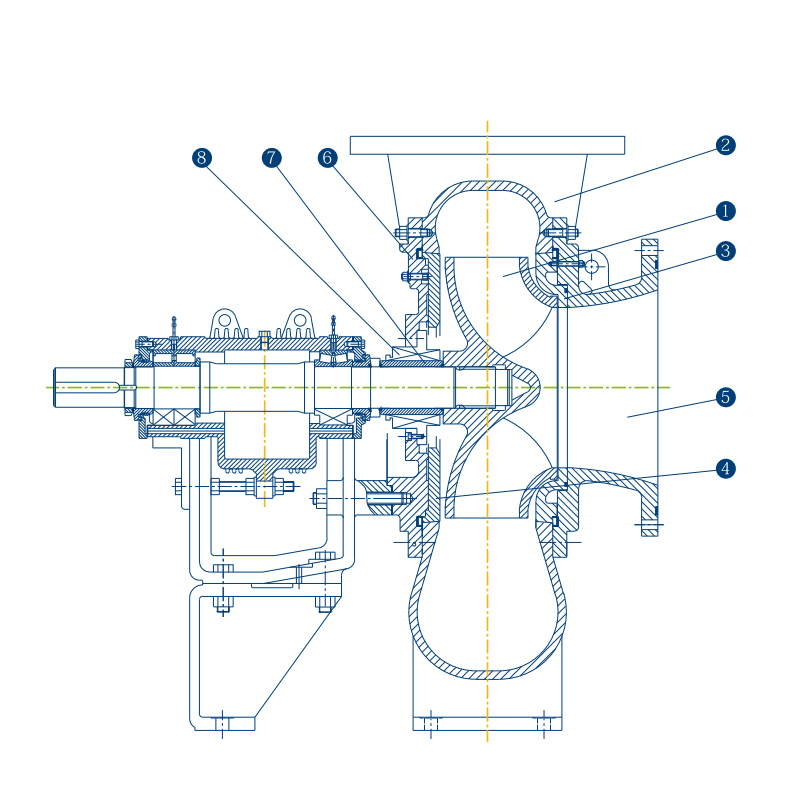English
- Afrikaans
- Albanian
- Amharic
- Arabic
- Armenian
- Azerbaijani
- Basque
- Belarusian
- Bengali
- Bosnian
- Bulgarian
- Catalan
- Cebuano
- Corsican
- Croatian
- Czech
- Danish
- Dutch
- English
- Esperanto
- Estonian
- Finnish
- French
- Frisian
- Galician
- Georgian
- German
- Greek
- Gujarati
- Haitian Creole
- hausa
- hawaiian
- Hebrew
- Hindi
- Miao
- Hungarian
- Icelandic
- igbo
- Indonesian
- irish
- Italian
- Japanese
- Javanese
- Kannada
- kazakh
- Khmer
- Rwandese
- Korean
- Kurdish
- Kyrgyz
- Lao
- Latin
- Latvian
- Lithuanian
- Luxembourgish
- Macedonian
- Malgashi
- Malay
- Malayalam
- Maltese
- Maori
- Marathi
- Mongolian
- Myanmar
- Nepali
- Norwegian
- Norwegian
- Occitan
- Pashto
- Persian
- Polish
- Portuguese
- Punjabi
- Romanian
- Russian
- Samoan
- Scottish Gaelic
- Serbian
- Sesotho
- Shona
- Sindhi
- Sinhala
- Slovak
- Slovenian
- Somali
- Spanish
- Sundanese
- Swahili
- Swedish
- Tagalog
- Tajik
- Tamil
- Tatar
- Telugu
- Thai
- Turkish
- Turkmen
- Ukrainian
- Urdu
- Uighur
- Uzbek
- Vietnamese
- Welsh
- Bantu
- Yiddish
- Yoruba
- Zulu
Telephone: +86 13120555503
Email: frank@cypump.com
Dec . 17, 2024 23:17 Back to list
Elevated Pump Solutions for Efficient Sewer Water Management and Flow Control
The Role of Lift Pumps in Sewer Systems
In modern wastewater management, lift pumps play a crucial role in ensuring the efficient transport of sewage from lower elevations to treatment facilities or higher ground. As urban areas expand and populations grow, the demand for effective sewer systems becomes increasingly important. This article discusses the function, importance, and considerations surrounding lift pumps for sewer applications.
Understanding Lift Pumps
Lift pumps, often referred to as sewage or sewage lift stations, are devices designed to move wastewater from lower to higher elevations. They are primarily used in situations where gravity alone cannot facilitate the flow of sewage. This scenario is common in flat terrain, where wastewater must be lifted over obstacles such as hills or buildings before reaching the treatment facility.
Functionality of Lift Pumps
At their core, lift pumps collect sewage from a designated area, such as a basement or low-lying catchment, and push it through a series of pipes to its next destination. The process begins when waste enters a holding tank equipped with a float switch. This float switch monitors the water level in the tank. Once the wastewater reaches a predetermined level, the pump is activated.
Lift pumps can vary in size and capacity, depending on the volume of sewage they need to process. Smaller, residential models may serve individual homes, while larger commercial models handle the sewage for entire neighborhoods or municipalities. The pumps typically operate automatically, working in tandem with control panels that can monitor performance and detect malfunctions.
Importance of Lift Pumps
1. Preventing Flooding One of the most significant advantages of lift pumps is their ability to prevent sewage backflow and flooding. By transporting wastewater to higher ground, they reduce the risk of overflows that can lead to environmental contamination and property damage.
2. Supporting Urban Development As cities grow and infrastructure is developed, lift pumps allow for the construction of buildings and neighborhoods in areas that might otherwise be unsuitable for habitation due to low elevation. This flexibility is vital for accommodating population growth and urban expansion.
lift pump for sewer

3. Environmental Protection Lift pumps help maintain the integrity of local ecosystems by ensuring that wastewater is properly managed and directed to treatment facilities. This minimizes the risk of untreated sewage entering water bodies, which can harm aquatic life and degrade water quality.
Considerations for Lift Pump Installation
While lift pumps offer numerous benefits, there are several factors to consider when planning their installation
1. Choosing the Right Type of Pump Different types of lifts pumps are available, including submersible and dry-pit pumps. Submersible models are placed directly into the sewage, while dry-pit pumps sit above ground. The choice depends on the specific application, sewage characteristics, and optimal maintenance access.
2. Capacity and Sizing Proper sizing is critical for efficient operation. Overestimating the necessary capacity can lead to higher energy costs, while underestimating it can result in inadequate sewage transport, risking overflow and operational failure. Conducting a thorough analysis of sewage flow rates and peak demand is essential.
3. Regular Maintenance Like any mechanical system, lift pumps require regular maintenance to ensure consistent performance. Routine inspections, cleaning, and testing of the system help to identify any issues before they lead to significant problems. Developing a comprehensive maintenance plan can extend the life of the pump and reduce long-term costs.
4. Regulatory Compliance Finally, it is vital to be aware of local regulations governing sewer systems and wastewater treatment. Compliance with these regulations ensures public safety and protects the environment.
Conclusion
Lift pumps are indispensable components of modern sewer systems. By facilitating the movement of wastewater from lower to higher elevations, they protect communities from flooding, support urban development, and contribute to environmental preservation. As urban areas continue to grow, the role of lift pumps will become even more critical, making their effective design, installation, and maintenance a priority for engineers and municipal planners alike.
-
Horizontal Split Case Pump with GPT-4 Turbo | High Efficiency
NewsAug.01,2025
-
ISG Series Pipeline Pump - Chi Yuan Pumps | High Efficiency, Durable Design
NewsAug.01,2025
-
Advanced Flue Gas Desulfurization Pump with GPT-4 Turbo | Durable & Efficient
NewsJul.31,2025
-
ISG Series Vertical Pipeline Pump - Chi Yuan Pumps | Advanced Hydraulic Design&Durable Construction
NewsJul.31,2025
-
ISG Series Vertical Pipeline Pump - Chi Yuan Pumps | Energy Efficient & Low Noise
NewsJul.31,2025
-
pipeline pump - Chi Yuan Pumps Co., LTD.|High Efficiency&Low Noise
NewsJul.31,2025










